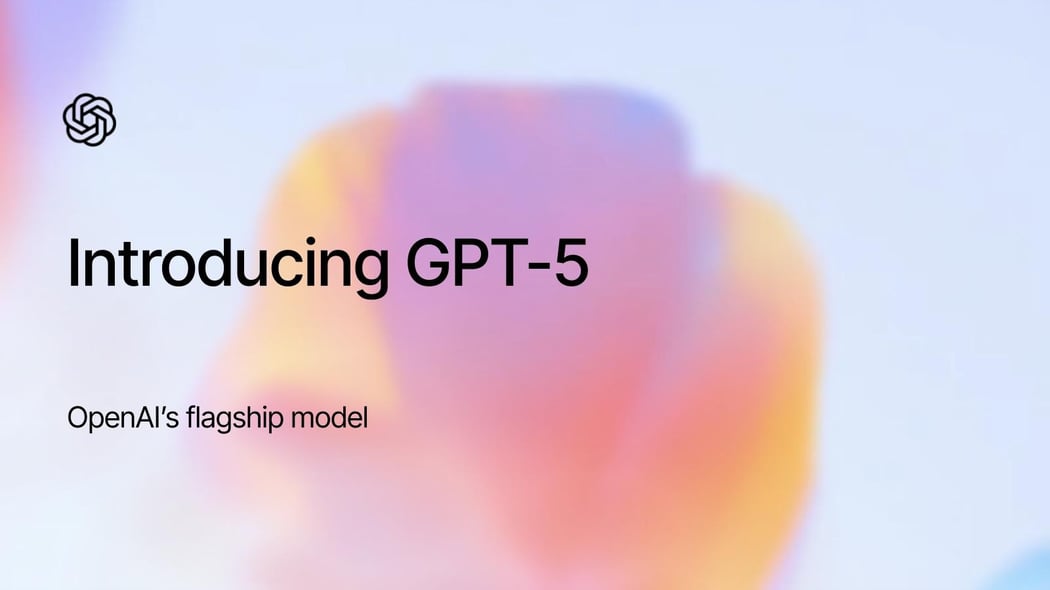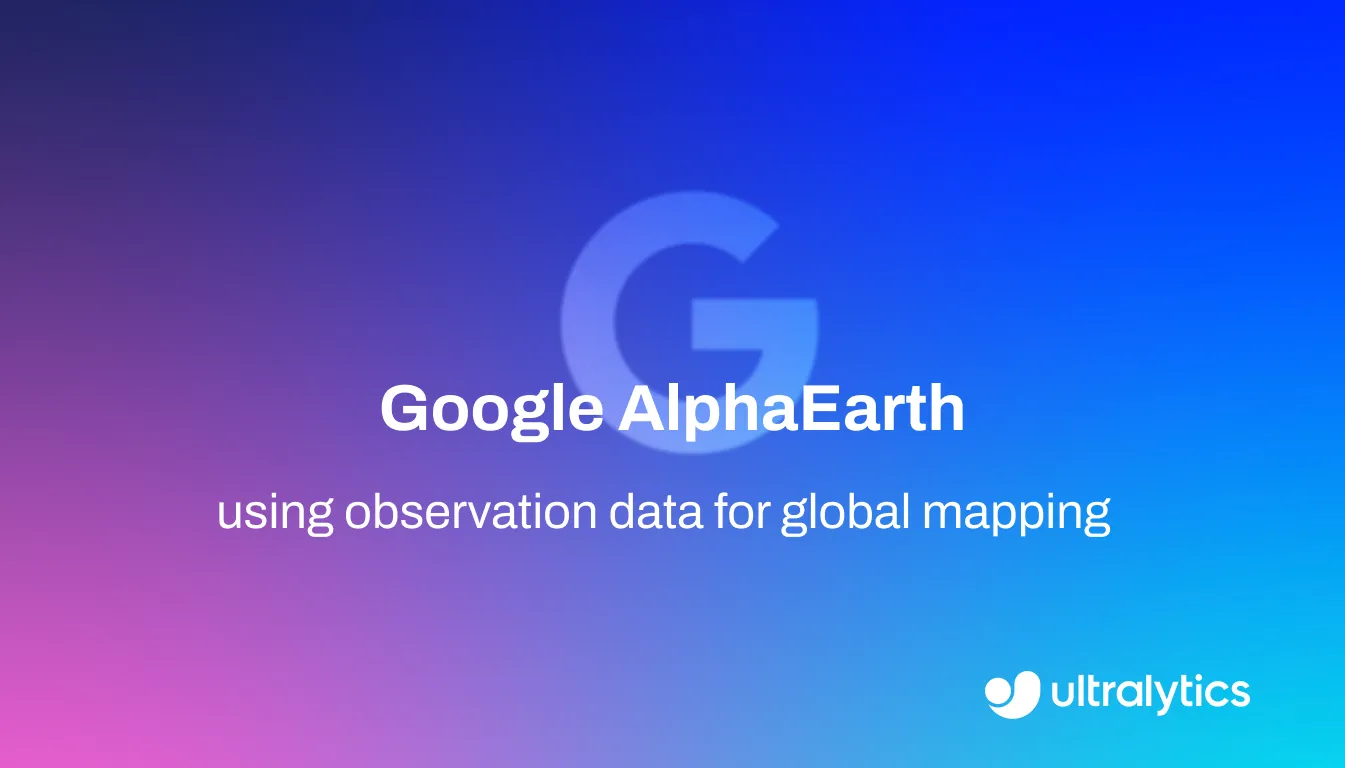Matriz de confusão
Compreender o desempenho do modelo com uma matriz de confusão. Explore métricas, utilizações no mundo real e ferramentas para aperfeiçoar a precisão da classificação da IA.
Uma matriz de confusão é uma ferramenta fundamental na aprendizagem automática (ML) utilizada para avaliar o desempenho de um algoritmo de classificação. Ao contrário de uma pontuação de precisão única, que apenas mostra a percentagem de previsões corretas, uma matriz de confusão fornece uma análise detalhada do desempenho de um modelo em cada classe. Mostra não só quando o modelo está correto, mas também como está errado, revelando onde reside a "confusão". Isto é especialmente importante em tarefas de aprendizagem supervisionada, como a classificação de imagens e a deteção de objectos.
Compreender os componentes
Uma matriz de confusão organiza as previsões numa grelha que compara as etiquetas reais com as etiquetas previstas pelo modelo. Para um problema binário simples (duas classes), a matriz tem quatro células:
- Verdadeiros positivos (TP): O modelo previu corretamente a classe positiva. Por exemplo, uma imagem de um gato é corretamente identificada como um "gato".
- Verdadeiros negativos (TN): O modelo previu corretamente a classe negativa. Uma imagem de um cão é corretamente identificada como "não sendo um gato".
- Falsos positivos (FP): O modelo previu incorretamente a classe positiva quando na realidade era negativa. Uma imagem de um cão é incorretamente identificada como um "gato". Isto também é conhecido como um"erro de tipo I".
- Falsos negativos (FN): O modelo previu incorretamente a classe negativa quando na realidade era positiva. Uma imagem de um gato é incorretamente identificada como "não sendo um gato". Isto é conhecido como um"erro de tipo II".
Estes quatro componentes constituem a base para compreender o comportamento de um modelo. Pode explorar uma análise detalhada destes resultados da classificação para saber mais. O ultralytics O pacote Python inclui uma implementação para gerar um matriz de confusão das previsões do modelo.
Aplicações no mundo real
As matrizes de confusão são vitais em muitos domínios em que o tipo de erro tem uma importância significativa.
- Diagnóstico médico: Na avaliação de um modelo concebido para detetar doenças como o cancro a partir de imagens médicas, é crucial uma matriz de confusão. Um falso negativo (não detetar um cancro quando este está presente) pode ter consequências graves para um doente. Um Falso Positivo (detetar um cancro quando este está ausente) leva à ansiedade e a mais testes desnecessários. A análise da matriz ajuda os programadores a equilibrar a Precisão e a Recuperação para satisfazer as necessidades clínicas, um componente essencial na criação de sistemas fiáveis de IA nos Cuidados de Saúde e de apoio à decisão clínica. Pode obter mais informações nos recursos do NIH sobre a IA na imagiologia médica.
- Deteção de e-mails de spam: Para um filtro de spam, uma matriz de confusão ajuda a avaliar o desempenho. Um Falso Positivo (classificar um e-mail legítimo como spam) pode ser muito problemático, uma vez que o utilizador pode perder informações importantes. Um Falso Negativo (deixar passar um correio eletrónico de spam para a caixa de entrada) é irritante, mas frequentemente menos crítico. A matriz detalha a frequência com que cada erro ocorre, orientando os ajustes do modelo. Estes sistemas baseiam-se frequentemente em técnicas de Processamento de Linguagem Natural (PLN), e pode explorar a investigação sobre deteção de spam para ver como estas métricas são aplicadas. Outras aplicações incluem a deteção de fraudes e a avaliação de modelos em sistemas de segurança.
Benefícios e limitações
A principal vantagem de uma matriz de confusão é a sua capacidade de fornecer uma análise detalhada, classe a classe, do desempenho do modelo para além de uma única métrica. Ela mostra claramente onde o modelo está sendo bem-sucedido e onde está "confuso", o que é essencial para depurar e melhorar os modelos de classificação. Isto é particularmente importante em cenários com classes desequilibradas ou custos diferentes associados a erros. É também uma excelente ferramenta para a visualização de dados, tornando os dados de desempenho complexos mais fáceis de interpretar.
Uma limitação importante é que, para problemas com um número muito grande de classes, a matriz pode tornar-se grande e difícil de interpretar visualmente. Por exemplo, um modelo treinado no conjunto de dados ImageNet completo produziria uma matriz enorme. Nesses casos, são frequentemente necessárias métricas agregadas ou técnicas de visualização especializadas.
Em resumo, a matriz de confusão é uma ferramenta de avaliação indispensável na Visão por Computador (CV) e no ML, oferecendo informações cruciais para o desenvolvimento de modelos robustos como o Ultralytics YOLO. A compreensão de seus componentes é fundamental para a iteração eficaz de modelos, um processo simplificado por plataformas como o Ultralytics HUB.








